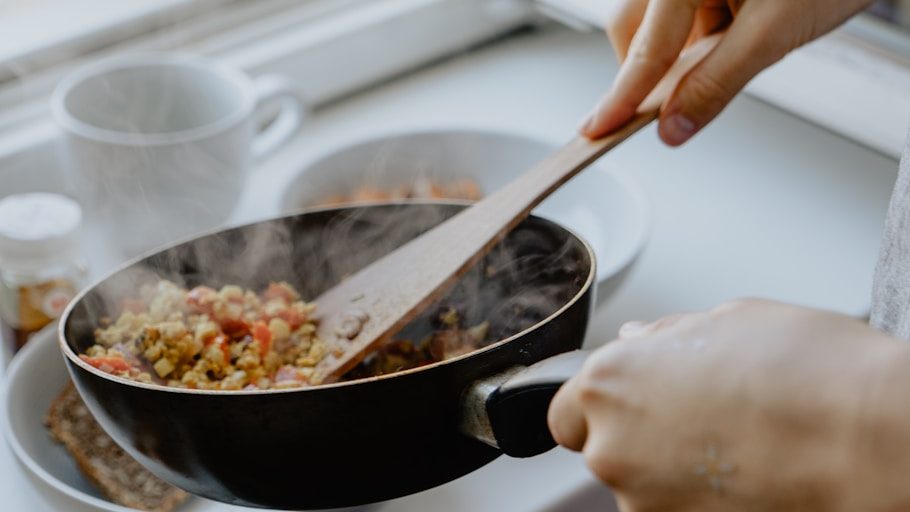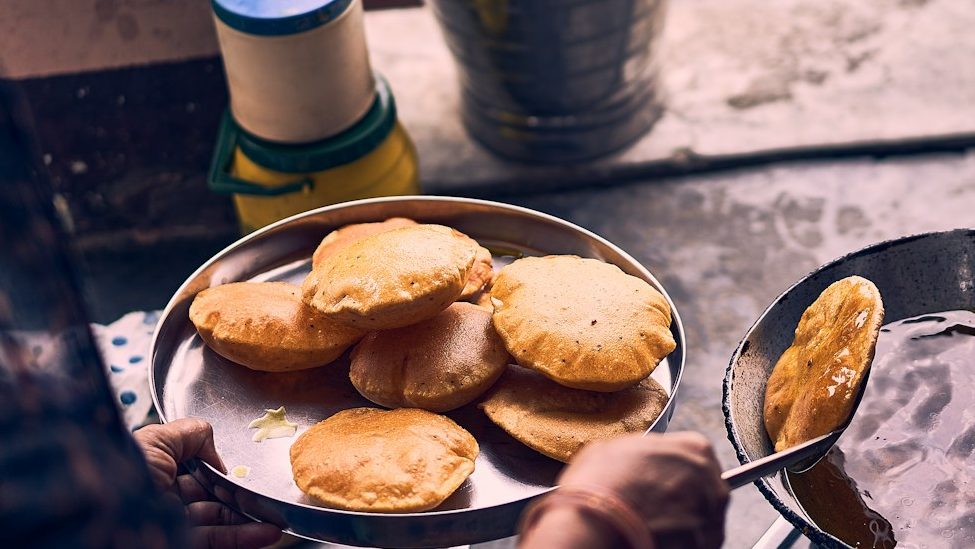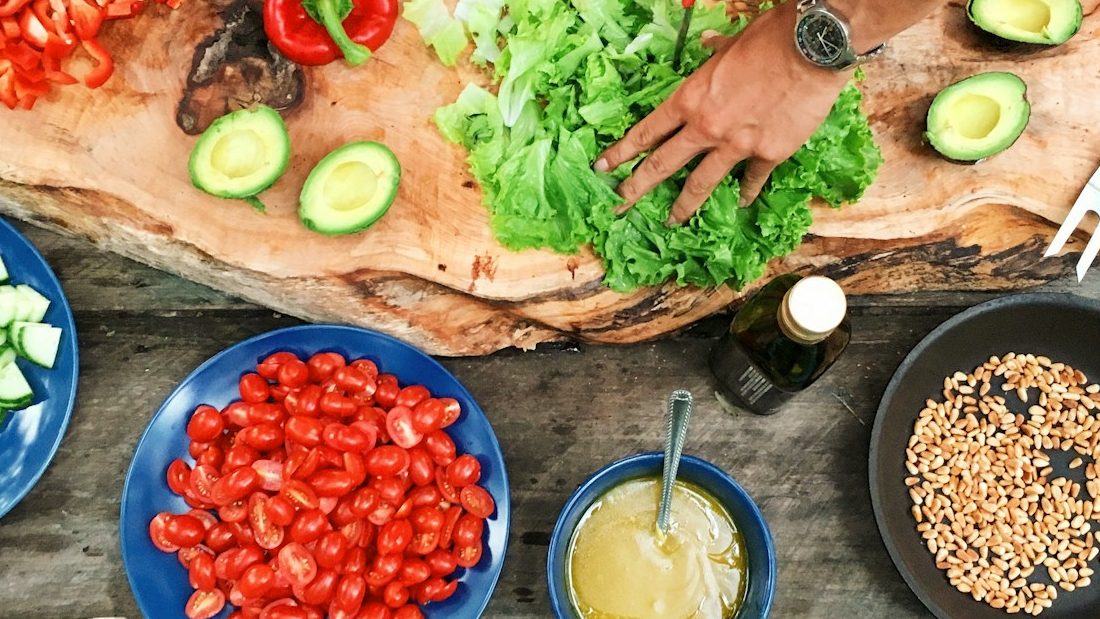7 Worst Cooking Mistakes: Even seasoned home cooks make mistakes in the kitchen from time to time. Some of these errors may seem small, but they can greatly affect the flavor, texture, and overall success of a dish. Whether you’re just starting out or have been cooking for years, avoiding these common cooking mistakes can make a big difference in your meals. As the editor of StarAvis.com and a passionate home cook, I’ve identified seven of the most common cooking mistakes you might be making—and how to avoid them.
1. Overcrowding the Pan
Why It’s a Mistake:
When you overcrowd the pan, especially when cooking things like meat or vegetables, the food releases moisture, causing it to steam rather than sear. This results in soggy, unevenly cooked food instead of that golden-brown crust you’re aiming for.
How to Avoid It:
Give your ingredients room to breathe by cooking in batches if necessary. Use a larger pan or a higher heat to allow proper searing and caramelization.
Pro Tip: A cast-iron skillet is great for achieving that perfect sear without overcrowding.
2. Not Letting Meat Rest After Cooking
Why It’s a Mistake:
Cutting into meat as soon as it’s off the heat causes the juices to run out, leaving your meat dry and less flavorful. Letting it rest allows the juices to redistribute throughout the meat, keeping it juicy and tender.
How to Avoid It:
After cooking, let the meat rest for 5-10 minutes (depending on size) before cutting into it. Cover it loosely with foil to keep it warm during the resting period.
Pro Tip: For steaks, a 5-minute rest is usually enough, while larger cuts like roasts may need 10-15 minutes.
3. Using a Cold Pan for Sautéing
Why It’s a Mistake:
Starting with a cold pan causes food to cook unevenly, and it can also lead to sticking, especially with proteins like chicken or fish. You’ll miss out on the golden-brown crust that adds flavor and texture to your dish.
How to Avoid It:
Always preheat your pan before adding oil or food. A properly heated pan ensures even cooking and prevents sticking.
Pro Tip: To test if your pan is hot enough, add a drop of water—if it sizzles and evaporates immediately, it’s ready.

4. Not Tasting as You Cook
Why It’s a Mistake:
Not tasting your food as you cook can lead to under-seasoned or over-seasoned dishes. Since ingredients develop flavors over time, adjustments may be needed to balance the taste.
How to Avoid It:
Taste your food at different stages of cooking to check for seasoning and flavor balance. Adjust as needed by adding salt, acid (like lemon or vinegar), or herbs and spices.
Pro Tip: Keep a spoon nearby for regular tasting, and always season gradually to avoid overdoing it.

5. Overcooking Vegetables
Why It’s a Mistake:
Overcooking vegetables not only turns them mushy but also causes them to lose their vibrant color, nutrients, and natural flavor. This mistake can turn what should be a fresh and flavorful side dish into a bland, unappealing mess.
How to Avoid It:
Cook vegetables until they’re just tender, and use methods like blanching, steaming, or quick sautéing to preserve their texture and color. If boiling, shock them in ice water after cooking to stop the process and retain their brightness.
Pro Tip: When roasting vegetables, cook at a higher temperature (around 400°F) for caramelization without turning them mushy.
6. Measuring Ingredients Incorrectly
Why It’s a Mistake:
In baking and cooking, incorrect measurements can dramatically affect the final outcome of your dish. Too much flour can make baked goods dense, while too little liquid can result in dry, crumbly results.
How to Avoid It:
Use proper measuring tools for dry and liquid ingredients. For dry ingredients like flour, spoon it into the measuring cup and level it off with a knife. For liquids, use a clear measuring cup and check it at eye level.
Pro Tip: Invest in a kitchen scale to measure ingredients by weight, which is far more accurate than volume measurements, especially for baking.

7. Not Prepping Ingredients in Advance (Mise en Place)
Why It’s a Mistake:
Starting to cook without prepping your ingredients first can lead to rushed and chaotic cooking, potentially resulting in forgotten ingredients or overcooked food while you scramble to chop or measure mid-recipe.
How to Avoid It:
Always practice mise en place—a French term meaning “everything in its place.” Before you begin cooking, measure out all your ingredients, chop vegetables, and prepare everything you need so you can cook smoothly.
Pro Tip: Lay out small bowls with pre-measured ingredients to make the cooking process seamless and stress-free.
Worst Cooking Mistakes
Avoiding these common cooking mistakes can transform your home-cooked meals from frustrating to fantastic. Whether it’s giving your meat time to rest or preheating your pan properly, these small adjustments can have a big impact on the taste and texture of your dishes. At StarAvis.com, we believe that even the simplest tweaks can make a world of difference in the kitchen—so start with these tips and watch your cooking improve!


